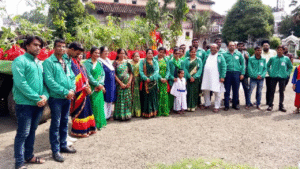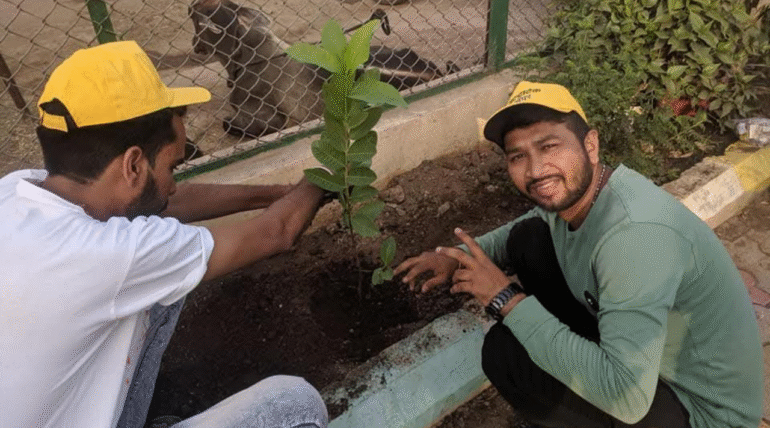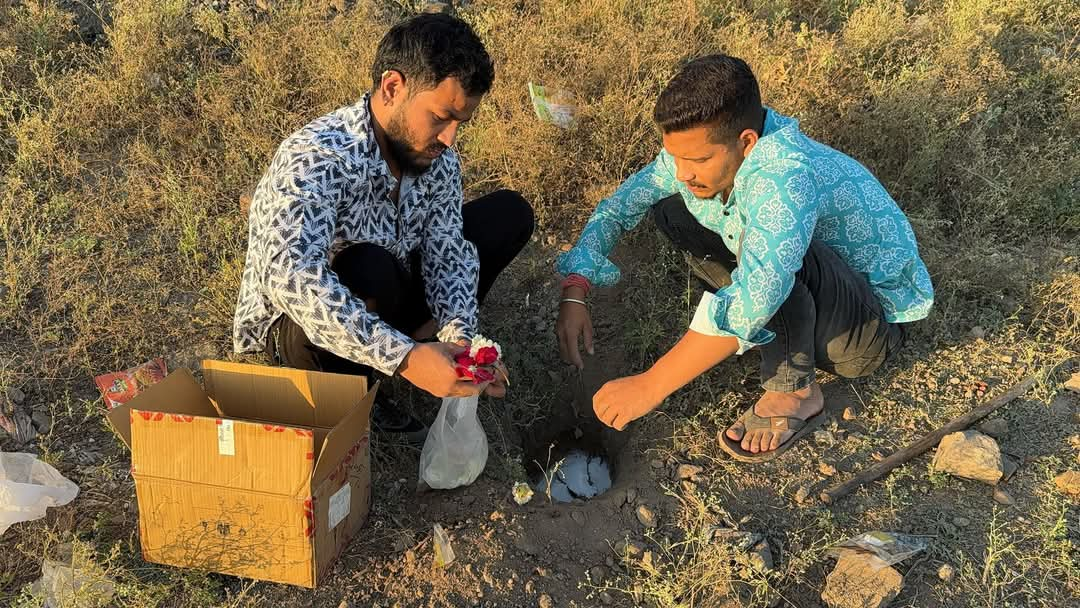On the surface, tree plantation drives are simple events. A few saplings, some soil, cheerful photos, and a promise of green. But as we’ve learned through Mission Green Khandwa, planting is only the beginning. The real challenge is what happens after the event ends — when there are no cameras, when the sun is harsh, and when someone has to return, again and again, just to water a life that can’t speak for itself.
We started with 50 saplings. Only 27 survived the first year. It wasn’t neglect — it was the learning curve. Roots need space. Soil needs attention. Saplings need care on days when nobody is looking. We began tracking survival rates. We formed neighborhood watering groups. We tagged each tree and named the planted areas. Soon, what started as a green activity became a community ritual. Children began naming trees. Retirees took pride in checking on them. A tree, we realized, only grows when someone stays.


This shift from event-based planting to year-round nurturing changed our campaign entirely. We now map every plantation site. We involve local residents, schoolchildren, and shopkeepers. Water barrels are kept close. Fencing is installed. And our volunteers return every week — not because they’re assigned, but because they care. That’s when you know the tree is not just growing — it’s becoming part of the place.
- A sapling isn’t a tree — it’s a responsibility.
- Community involvement is key to survival.
- True green change grows quietly, over time.
Planting a tree takes minutes. Protecting one takes seasons. But in that slow, rooted commitment, we’ve found something bigger than just shade — we’ve found connection. And in a world that’s rushing, maybe the quiet pace of a tree is what we need most.












